Bukk National Park
(45,000 ha)
The Bukk hills are the most diverse mountain system in Hungary with much variation and many ‘hidden’ valleys with their secrets.� The Bukk hills are� rich in glacial and thermal relict species and several endemics, that remained in the area because of the extreme micro climates, caused by the complex geology of the bedrock. Next to the central plateau, the cliffs and the ancient forest are of importance for these relicts and for rare plants in general. Several beautiful and rare Iris species can be found in rocky parts, such as the elegant Iris graminea. Bukk has probably the largest population of a globally threatened butterfly in Europe: the Clouded Apollo.
With a maximum height of 1000 meters it is obvious that the Hungarian hills are just bordering the Carpatian Mountains. The influence of the Carpatians is best shown in the flora, although Ural Owl, White-backed Woodpecker and Pallas’s Fritillary show that the Carpatians are nearby. Bukk (45,000 ha), as well as Zemplen (27,000 ha) and Aggtelek (20,000 ha) are remote and forested areas. The forests seem endless, but there are rich open spots, with meadows, vineyards, orchards and traditionally small scale arable land. The biodiversity in these parts is amazingly high with many songbirds and insects.
Bukk and Aggtelek are mainly built up from sediments (limestone) and have a rougher structure. Here, in the abandoned, uneven aged forest, woodpeckers and flycatchers are numerous. These areas are remote and unspoiled enough to have Black Stork, Saker Falcon, Imperial Eagle, Golden Eagle, Lesser Spotted Eagle, Short-toed Eagle breeding. Nine species of Woodpecker live here and birds like Hawfinch, Collared Flycatcher and Barred Warbler are common.
Of great interest for a naturalist are the southern and south eastern verges of the hills. These once were endless meadows, grazed by sheep and cows, but are abandoned now. Some parts have been taken into management by the National Park, other parts are being neglected. They are still very rich, but need management on the long term. The river stream valleys that cut throught the volcanic plateaus are among the most stunning biotopes in the region. The hayfields make your eyes tear from colors.
An interesting species to be found in these valleys is a not climbing clematis: Clematis integrifolia and a purple Iris: Iris spuria. Butterflies are very abundant with endangered species as Southern Festoon and Scarce Fritillary having strong populations. Also the oriental Pallas’s Fritillary lives her. Short-toed, Imperial and Lesser Spotted Eagles hunt in these valleys, either for hair, suslik or reptiles. In some of these valley the National Park did a very good job with the reintroduction of traditional management with livestock and haymaking. In this part of Bukk, all villages have a quarry nearby, where they used to get building material for the houses. Now they support interesting bird populations, such as Eagle Owls, Rock Buntings and Bee-eaters.
The rocky hillsides in the south-eastern verges of the hills contain a vast number of real pannonian endemics, plants that you will only find in the pannonian eco-region. Here, steppe species ar mixed with mountainous and mediterranean organisms.
In this habitat you will also find a real oriental species among the butterflies: the Hungarian Glider.
Other species, such as the Dryad, the Great Banded Grayling, False Grayling, Eastern Baton Blue and Hungarian Skipper are common and can be encountered on any good spot.
Also the dry Oak forest on these southern slopes have a very rich herb layer, with plants like Dictamnus albus (Firework plant) and Ladies Slipper Orchid.Some of the many secrets of the Bukk mountains were recently revealed when visiting the central plateau with an English group and a colleague (Safian Szabolc). Safi, found a vital population of an endangered butterfly: the Geranium Argus, never recorded before in this area. Another secret was recently discovered by Hungarian researchers. They observed birds eating bats during the wintertime, in central Bukk.
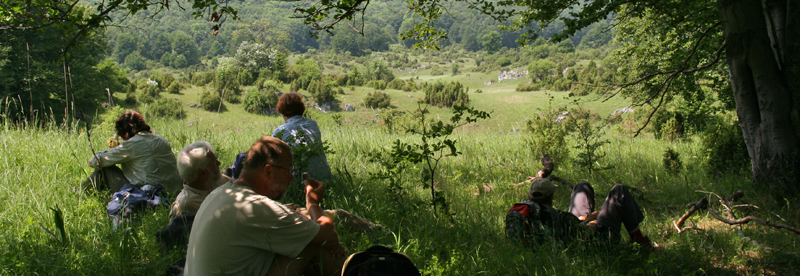

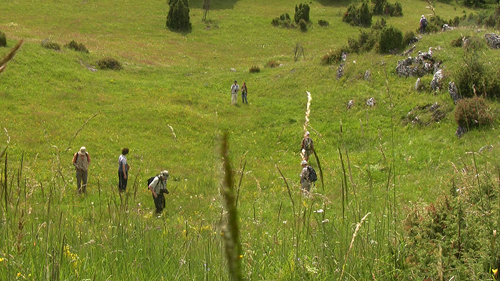
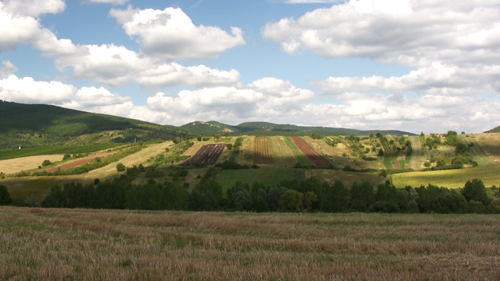

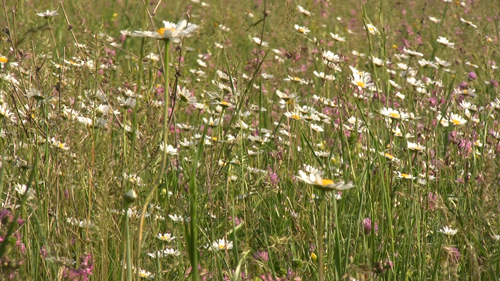
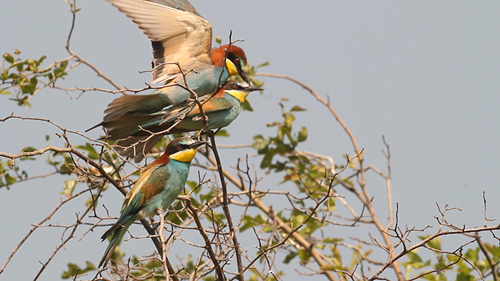
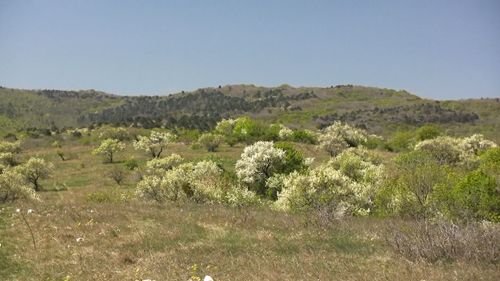
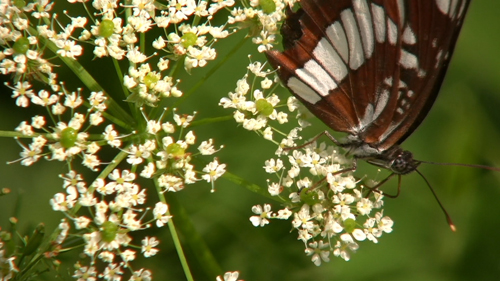
 English
English  Deutsch
Deutsch  Nederlands
Nederlands